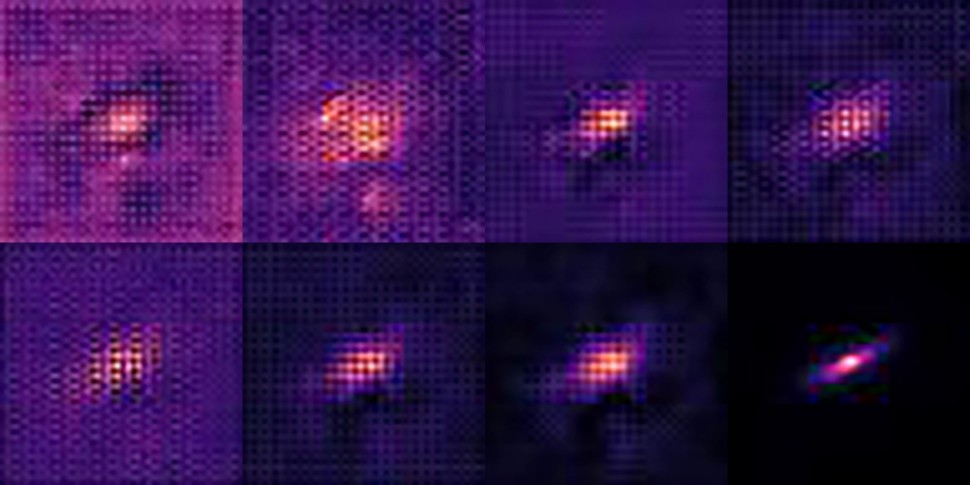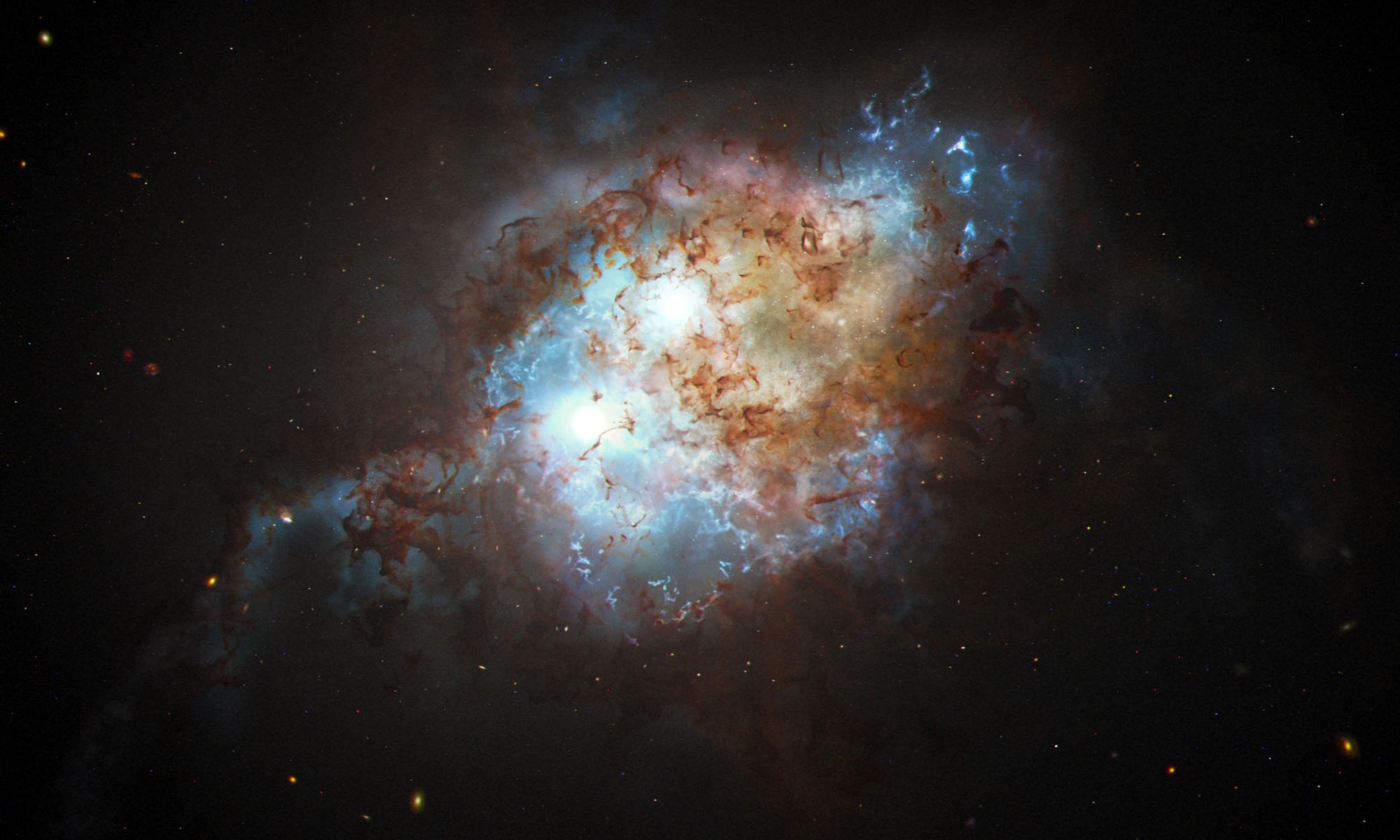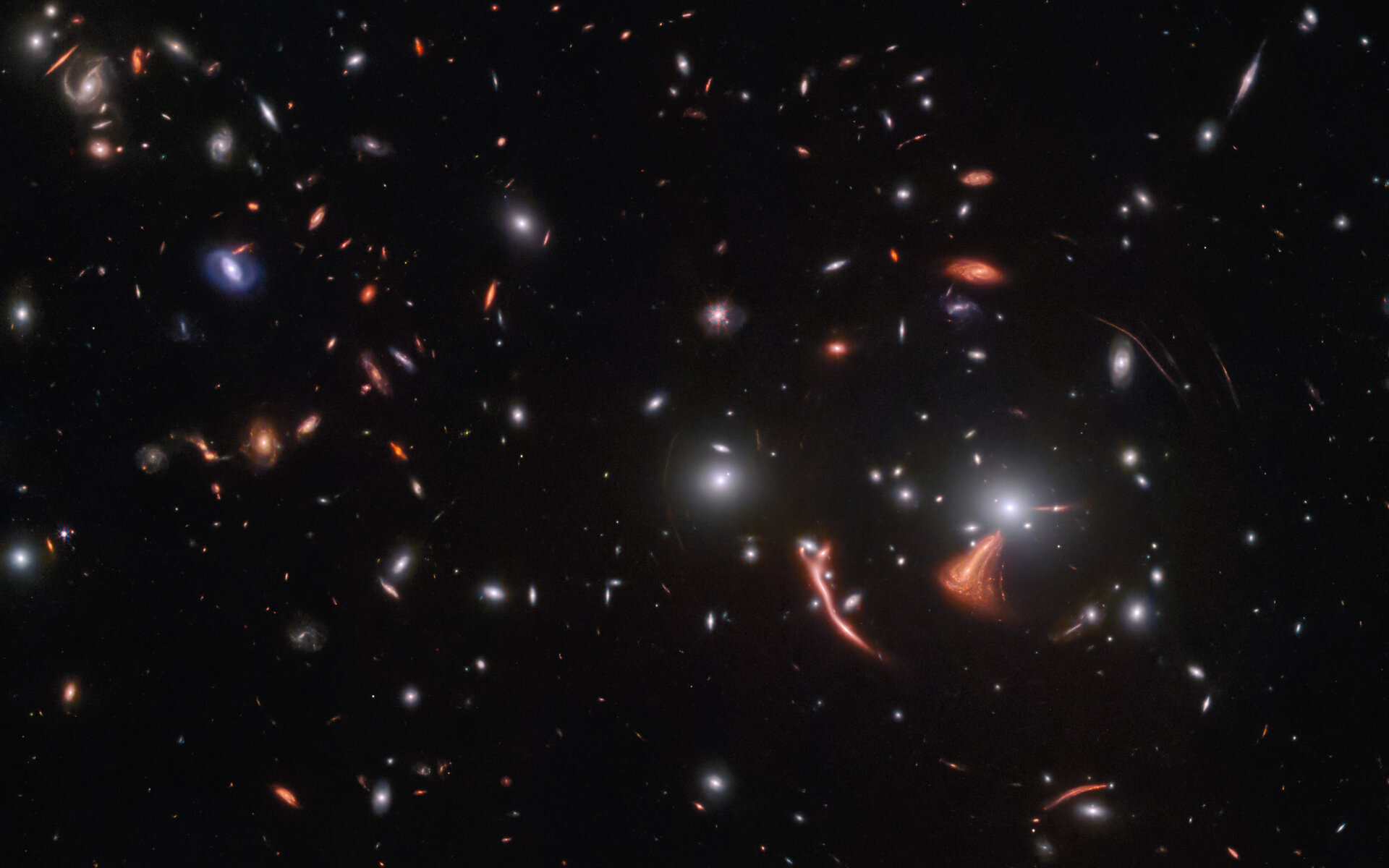Amanda Morris, a press release writer at Northwestern University, describes an important astronomical effect in terms entertaining enough to be worth reposting here: “The cosmos would look a lot better if the Earth’s atmosphere wasn’t photobombing it all the time.” That’s certainly one way to describe the air’s effect on astronomical observations, and it’s annoying enough to astronomers that they constantly have to correct for distortions from the Earth’s atmosphere, even at the most advanced observatories at the highest altitudes. Now a team from Northwestern and Tsinghua Universities have developed an AI-based tool to allow astronomers to automatically remove the blurring effect of the Earth’s atmosphere from pictures taken for their research.
Continue reading “Machine Learning Tidies Up the Cosmos”A New Membrane Could Lead to Space Telescopes with Flexible Mirrors!

The James Webb Space Telescope (JWST) is the most powerful and sophisticated observatory ever built. It is also the most expensive, owing to the complexity of its design and the rigorous testing this entailed. To ensure the telescope could fit into its payload fairing, NASA engineers designed the JWST to fold up (origami-style) and unfold once it reached space. It is little wonder why astronomers and astrophysicists hope to develop flexible, lightweight materials that can maintain the perfect shape and be folded up to fit compactly inside a launch vehicle.
This has the potential to reduce the size and mass of space telescopes and the complexity of their designs, thus reducing launch costs. During the COVID pandemic, researchers at the Max Planck Institute for Extraterrestrial Physics (MPE) developed a new method for producing and shaping high-quality parabolic membrane mirrors. So far, the MPE team has fabricated prototypes up to 30 cm (12 inches) in diameter that are much thinner and more flexible than conventional mirrors. In the long term, this method could drastically reduce the cost of manufacturing and deploying space telescopes.
Continue reading “A New Membrane Could Lead to Space Telescopes with Flexible Mirrors!”The First Radiation Map of the Skies Over Africa
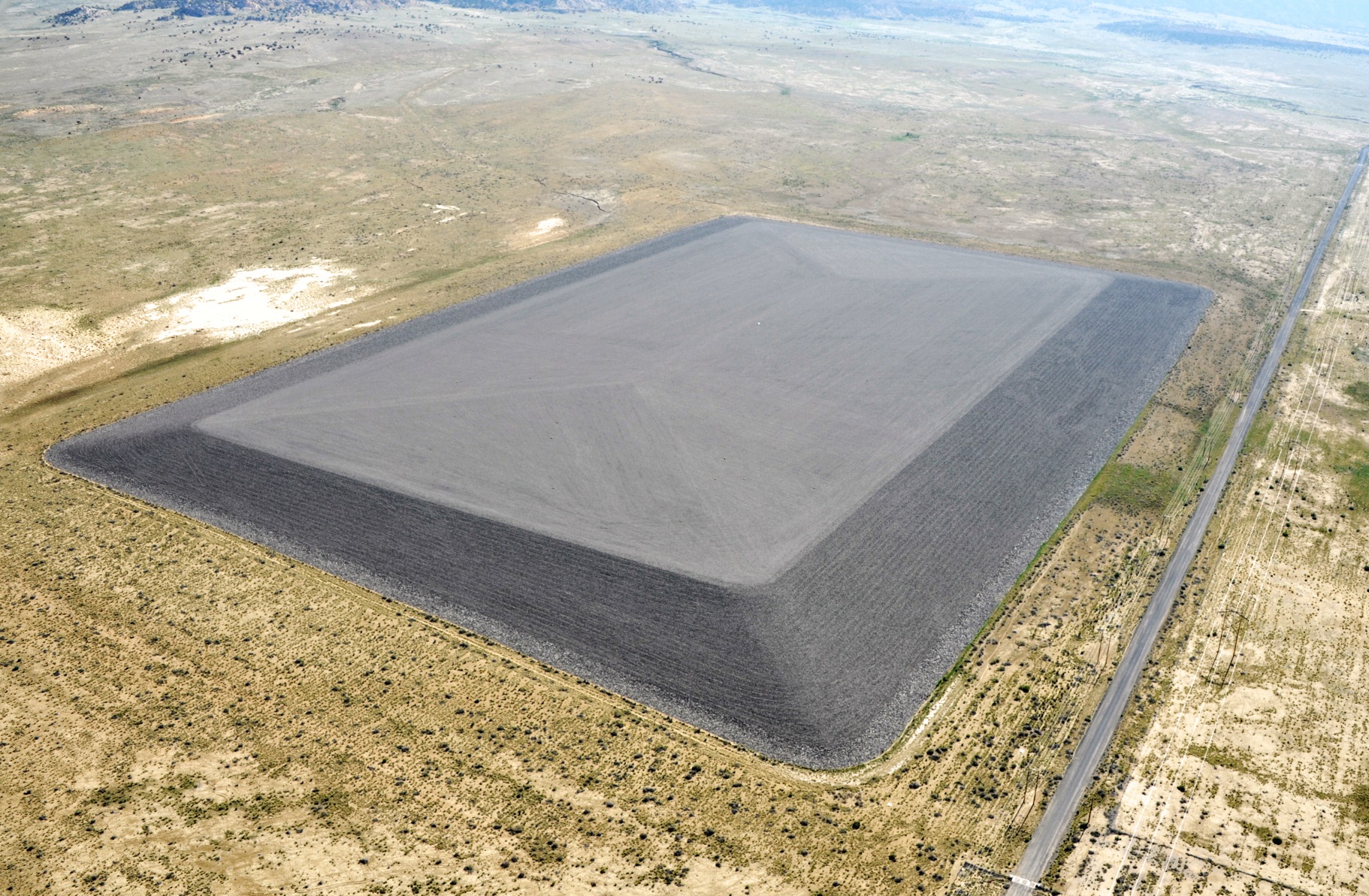
Astronomers have developed a way to cheaply and easily measure the radiation exposure experienced by airline crews over Africa.
Continue reading “The First Radiation Map of the Skies Over Africa”When Clouds Collide, Destruction and Creation Go Hand-in-Hand
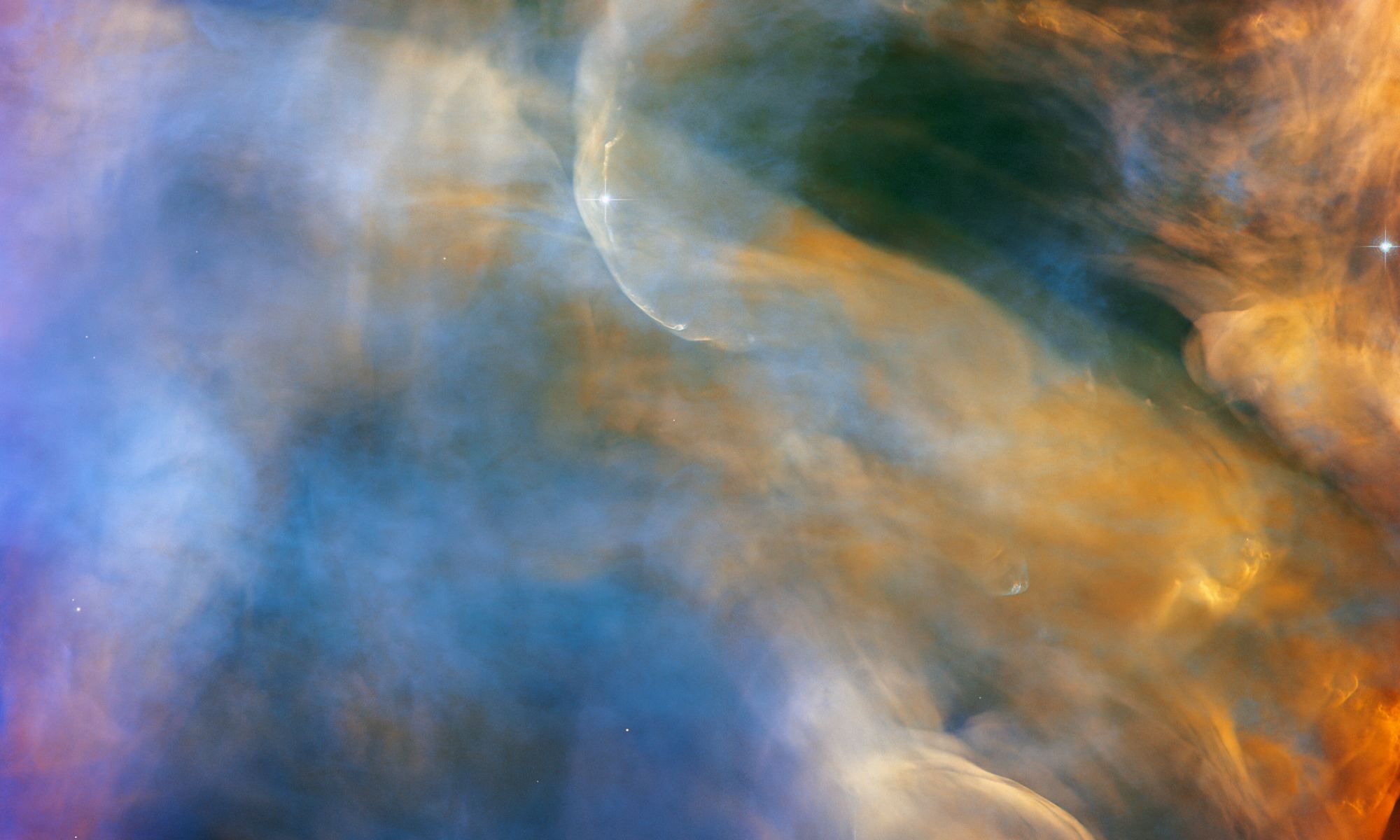
All stars are born from the collapse of clouds of dust and gas. But triggering star formation is a tricky process, because these gas clouds can just hang out doing nothing for billions of years. A pair of researchers have found a precise recipe for getting gas clouds to trigger star formation. It involves a lot of collision.
Continue reading “When Clouds Collide, Destruction and Creation Go Hand-in-Hand”Astronomers Find Out What Happens to Rocky Planets That Wander too Close to Their Stars
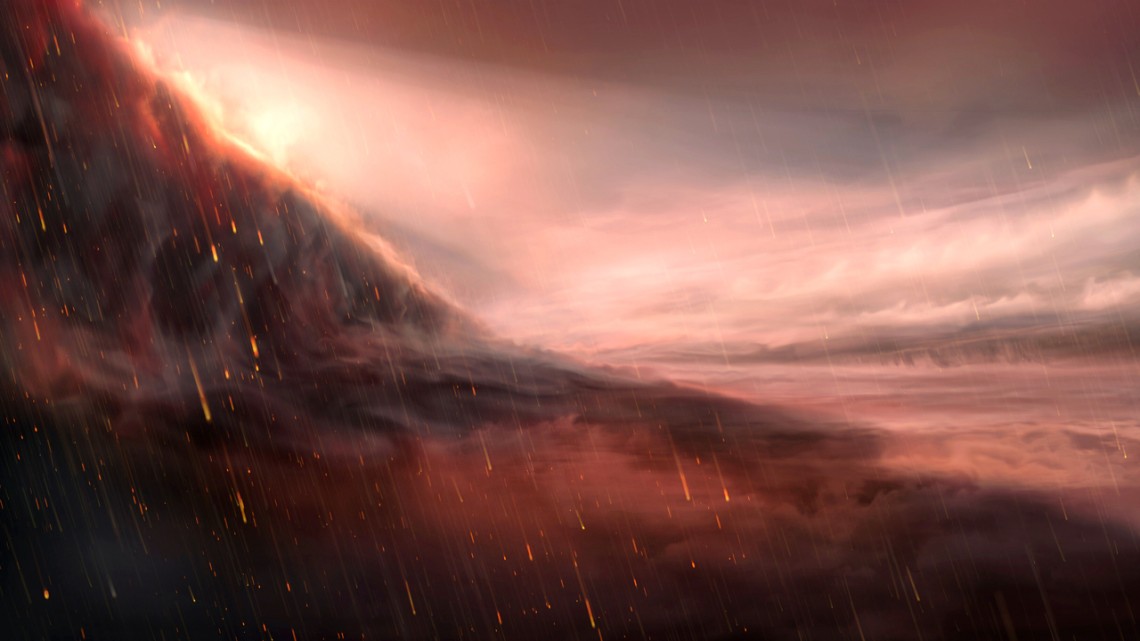
The massive Kepler survey found a treasure trove of exoplanets. But in all that wealth they found three anomalies: what appeared to be rings of dust surrounding stars where planets should be. They were rocky planets in the process of being obliterated. And a team of astronomers that found a way to use these gory sites to understand some of the most mysterious and hard to detect planets in the universe.
Continue reading “Astronomers Find Out What Happens to Rocky Planets That Wander too Close to Their Stars”Forget the Habitable Zone – We Need to Find the Computational Zone
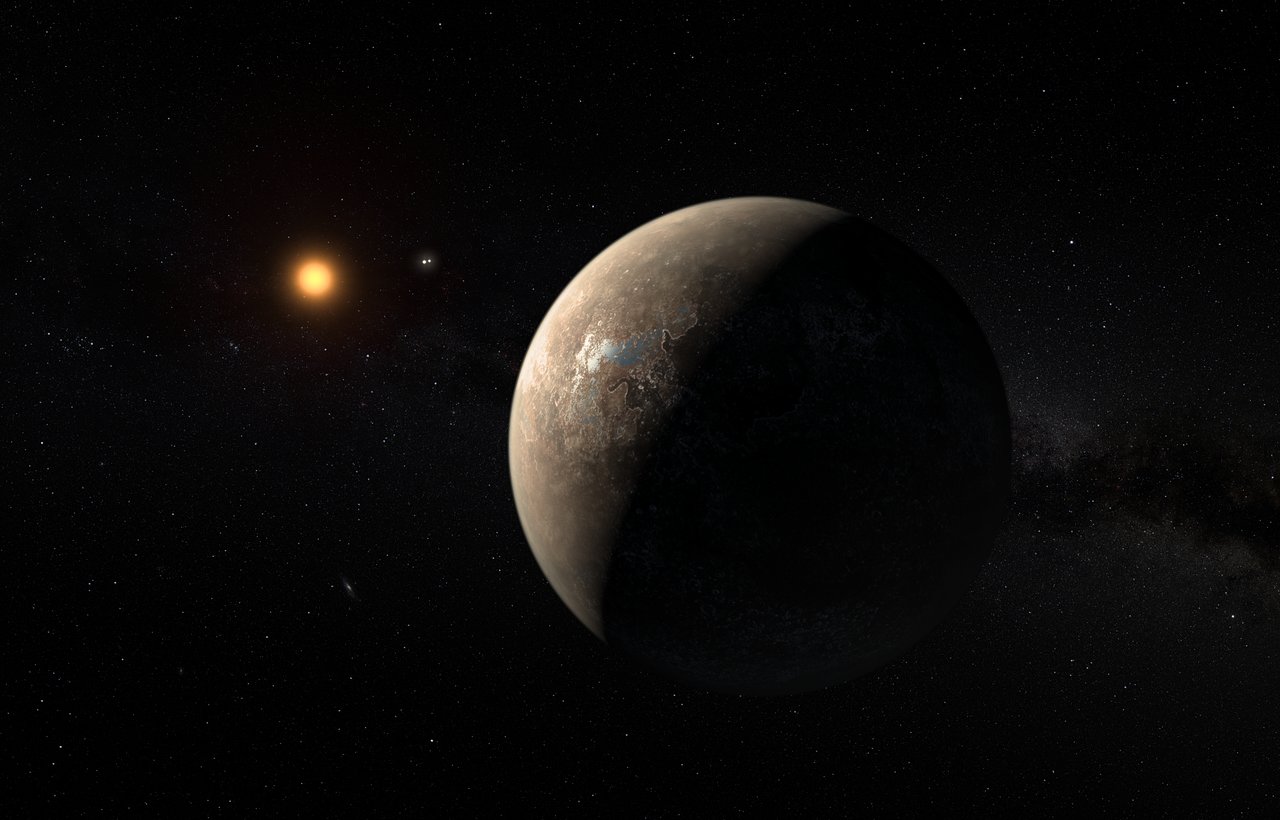
Astronomers are currently searching for signs of life in the “habitable zones” of nearby stars, which is defined as the band around a star where liquid water can potentially exist. But a recent paper argues that we need to take a more nuanced and careful approach, based not on the potential for life, but the potential for computation.
Continue reading “Forget the Habitable Zone – We Need to Find the Computational Zone”Hubble Sees Two Quasars Side by Side in the Early Universe
When it comes to the brightest, most powerful objects in the Universe, not much can beat a Quasar. A Gamma Ray Burst from a supernova might be more energetic, but doesn’t last very long. Quasars, by comparison, can churn out 1000 times the radiation of the Milky Way, and keep doing it for hundreds of millions of years.
They get all this energy from the supermassive black holes that live at the center of galaxies. As material falls towards the black hole, an accretion disk forms around it: a swirling cloud of energetic material which heats up through friction and releases electromagnetic radiation. The resulting Quasar can be so bright it drowns out the light from the rest of its galaxy from our perspective.
On April 5th, researchers announced the discovery of a rare double quasar in the early Universe. The two quasars are gravitationally bound, spiraling in towards each other. Their host galaxies are in the process of merging, and the supermassive black holes generating the quasars will also eventually collide and merge.
Continue reading “Hubble Sees Two Quasars Side by Side in the Early Universe”Physicists Discover that Gravity Can Create Light

Researchers have discovered that in the exotic conditions of the early universe, waves of gravity may have shaken space-time so hard that they spontaneously created radiation.
Continue reading “Physicists Discover that Gravity Can Create Light”Brightest Gamma-ray Burst Shines Light on Milky Way Structure
The brightest gamma-ray burst ever seen in 2022 still puzzles astronomers.
The more researchers look at a recent record-setting event, the stranger it gets.
The story begins on the evening of October 9th, 2022, when NASA’s Neil Gehrels Swift orbiting observatory detected a strong X-ray outburst. The source was in the direction of the constellation of Sagitta the Arrow along the galactic plane, suggesting a source in our own Milky Way galaxy. Follow-up observations from NASA’s Fermi Gamma-Ray Space Telescope and the Earth-based European Southern Observatory’s Very Large Telescope however, soon revealed that the source was much more distant, emanating from a gamma-ray burst lying beyond our galaxy. This outburst only appeared to have happened along our line of sight as seen through the plane own galaxy from our Earthbound perspective.
Continue reading “Brightest Gamma-ray Burst Shines Light on Milky Way Structure”This JWST Image Shows Gravitational Lensing at its Finest
One of the more intriguing aspects of the cosmos, which the James Webb Space Telescope (JWST) has allowed astronomers to explore, is the phenomenon known as gravitational lenses. As Einstein’s Theory of General Relativity describes, the curvature of spacetime is altered by the presence of massive objects and their gravity. This effect leads to objects in space (like galaxies or galaxy clusters) altering the path light travels from more distant objects (and amplifying it as well). By taking advantage of this with a technique known as Gravitational Lensing, astronomers can study distant objects in greater detail.
Consider the image above, the ESA’s picture of the month acquired by the James Webb Space Telescope (JWST). The image shows a vast gravitational lens caused by SDSS J1226+2149, a galaxy cluster located roughly 6.3 billion light-years from Earth in the constellation Coma Berenices. The lens these galaxies created greatly amplified light from the more distant Cosmic Seahorse galaxy. Combined with Webb‘s incredible sensitivity, this technique allowed astronomers to study the Cosmic Seahorse in the hopes of learning more about star formation in early galaxies.
Continue reading “This JWST Image Shows Gravitational Lensing at its Finest”
